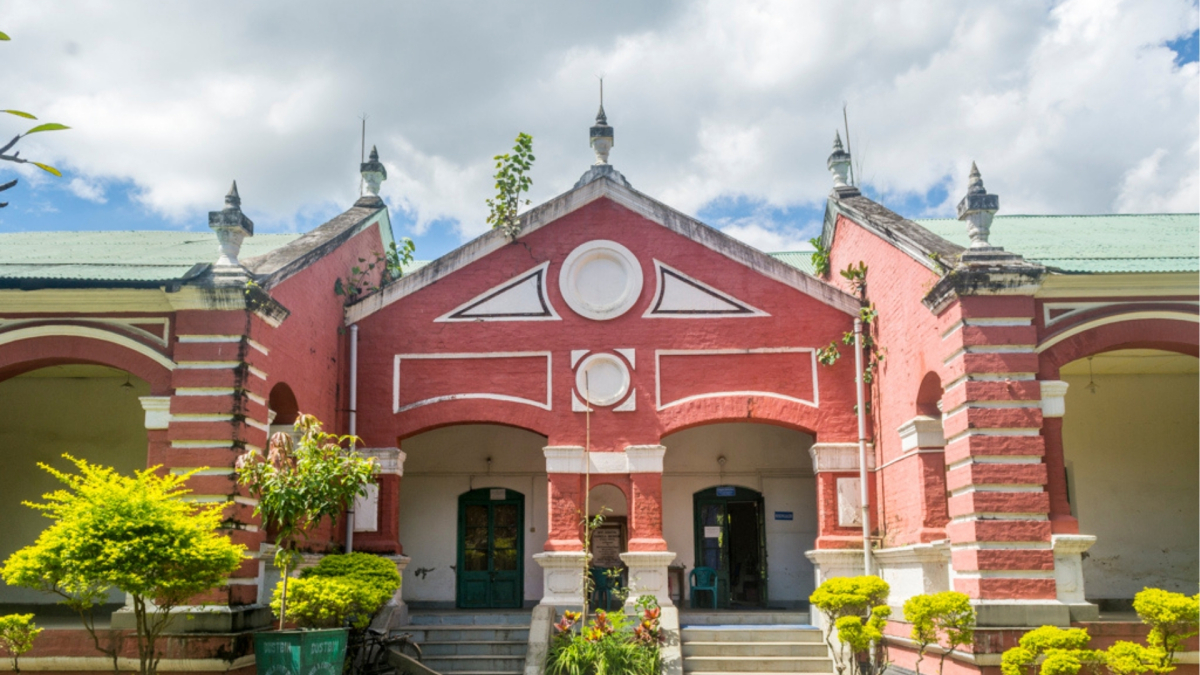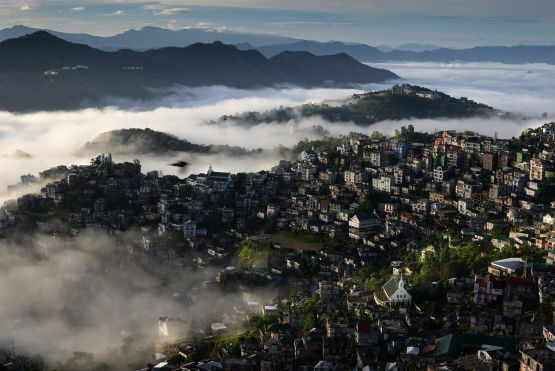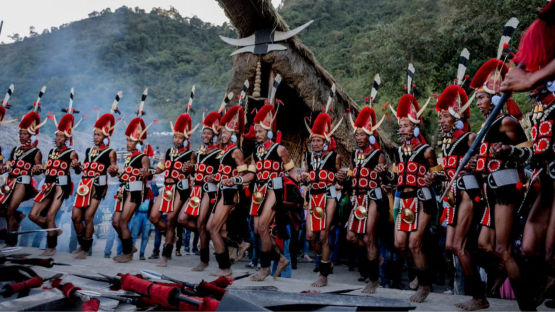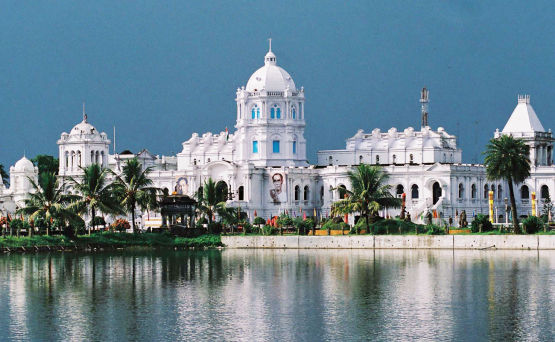North East India, a region renowned for its stunning landscapes and vibrant cultures, is also a repository of significant military history. From medieval battles to World War II engagements, the region has played a pivotal role in various historical conflicts. War tourism in North East India offers a unique opportunity to explore the rich tapestry of its military heritage, with numerous historical sites, battlefields, and memorials that reflect the sacrifices made during these turbulent times.
War tourism in North East India offers a profound exploration of the region's historical conflicts, from medieval battles to the critical World War II engagements. The war cemeteries, museums, and memorials across the region serve as enduring tributes to the bravery and sacrifices made by soldiers and civilians alike. Visiting these sites provides not only a deeper understanding of the historical significance but also a space for reflection on the impact of war and the resilience of the human spirit.
Historical Conflicts and Battles
The Battle of Saraighat (1671)
The Battle of Saraighat, fought on the Brahmaputra River near Guwahati, Assam, is a prominent event in North East India's military history. This naval battle took place in 1671 between the Ahom Kingdom, led by General Lachit Borphukan, and the Mughal Empire under Raja Ram Singh I. The battle is notable for the strategic brilliance of the Ahom forces, who, despite being outnumbered and less equipped, managed to defeat the Mughal navy decisively. The victory was a significant achievement for the Ahom Kingdom, securing its sovereignty against the mighty Mughal Empire.
Historical Significance:
The Battle of Saraighat is celebrated for its tactical genius and the bravery of the Ahom warriors. Lachit Borphukan's leadership and the strategic use of riverine warfare are still remembered as exemplary.


The Anglo-Manipur War (1891)
The Anglo-Manipur War was a conflict between the British Empire and the Kingdom of Manipur, triggered by a succession dispute in the Manipuri royal family. The war, which began in 1891, saw fierce resistance from Manipuri forces but ended with a British victory. The war was marked by significant casualties on both sides, and the aftermath led to increased British control over the region.
Historical Significance:
The conflict is remembered for the valiant stand of the Manipuri people against colonial forces and is an important chapter in the region's resistance history.
World War II: The Burma Campaign and Battles of Kohima and Imph
During World War II, North East India became a crucial battleground in the Burma Campaign, particularly in the battles of Kohima and Imphal. These engagements were key to halting the Japanese advance into India and played a significant role in the broader Southeast Asian theatre of the war.
The Battle of Kohima (April - June 1944):
Often referred to as the "Stalingrad of the East," the Battle of Kohima was a turning point in the Burma Campaign. The battle, fought on the Kohima Ridge, involved intense fighting between the Allied forces and Japanese troops. The successful defense of Kohima was critical in stopping the Japanese advance.


The Battle of Imphal (March - July 1944):
Simultaneously with Kohima, the Battle of Imphal was another decisive engagement. The Allied forces, including British and Indian troops, successfully repelled the Japanese offensive, leading to a significant defeat for the Japanese forces.
Kohima War Cemetery
The Kohima War Cemetery is one of the most significant World War II memorials in North East India. Situated on Garrison Hill, the cemetery commemorates the soldiers who fought and died during the Battle of Kohima. The cemetery is renowned for its beautifully maintained graves and the poignant inscription on the 2nd Division Memorial: "When You Go Home, Tell Them Of Us And Say, For Your Tomorrow, We Gave Our Today." The site is a symbol of the courage and sacrifice of the Allied forces and is a place of solemn remembrance.


Imphal War Cemetery
The Imphal War Cemetery is maintained by the Commonwealth War Graves Commission and serves as the final resting place for over 1,600 Commonwealth soldiers who died during the Battle of Imphal. The cemetery features well-tended graves and offers a serene environment for visitors to pay their respects. It stands as a testament to the bravery and sacrifice of those who fought in one of World War II’s most crucial battles.
India Peace Memorial at Red Hill (Maibam Lokpa Ching)
The India Peace Memorial is dedicated to the Japanese soldiers who died during the Battle of Imphal. Established by the Japanese government, the memorial includes a small museum and offers a panoramic view of the surrounding area. It serves as a reminder of the shared history and the impact of the war on both the Allied and Japanese forces


Kangla Fort Museum
The Kangla Fort Museum, housed within the historic Kangla Fort, provides insights into the region's military history, including the Anglo-Manipur War and World War II. The museum features a range of artifacts, documents, and exhibits related to these conflicts, offering a comprehensive view of Manipur’s role in these historical events.
Second World War Cemetery, Digboi
The Second World War Cemetery in Digboi is a resting place for Allied soldiers who died in the region during World War II. Digboi, known for its oil refinery, was a strategic location during the war. The cemetery is maintained to honor the memory of the soldiers who served in this important operational area.


Second World War Memorial Museum, Arunachal Pradesh
This museum in Jairampur is dedicated to the World War II era and features a collection of artifacts, weapons, photographs, and documents from the period. The museum provides valuable insights into the experiences of soldiers stationed in the dense jungles of Arunachal Pradesh and the broader Southeast Asian theatre.












